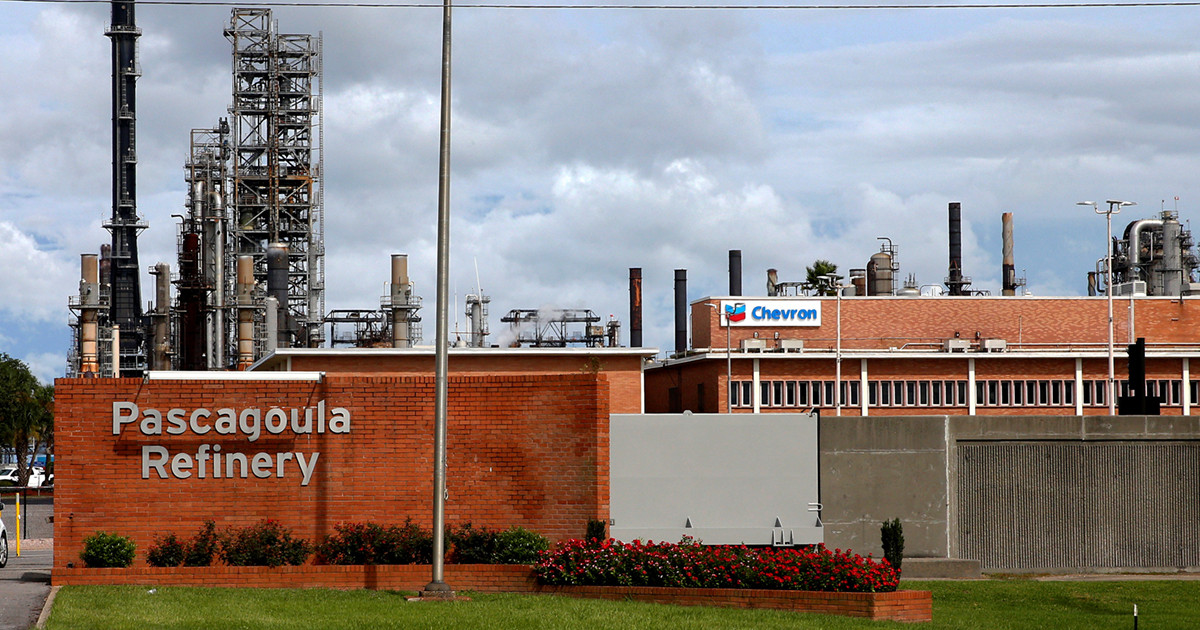The Environmental Protection Agency approved a component of boat fuel made from discarded plastic that the agency’s own risk formula determined was so hazardous, everyone exposed to the substance continually over a lifetime would be expected to develop cancer. Current and former EPA scientists said that threat level is unheard of. It is a million times higher than what the agency usually considers acceptable for new chemicals and six times worse than the risk of lung cancer from a lifetime of smoking.
Federal law requires the EPA to conduct safety reviews before allowing new chemical products onto the market. If the agency finds that a substance causes unreasonable risk to health or the environment, the EPA is not allowed to approve it without first finding ways to reduce that risk.
But the agency did not do that in this case. Instead, the EPA decided its scientists were overstating the risks and gave Chevron the go-ahead to make the new boat fuel ingredient at its refinery in Pascagoula, Mississippi. Though the substance can poison air and contaminate water, EPA officials mandated no remedies other than requiring workers to wear gloves, records show.



Oh really? Ctrl-f, “gasoline”, 0 results found. Article doesn’t seem to be making any comparisons to gasoline.
Ctrl-f, “fume”, 0 results found. The likelihood of developing cancer from fumes of any sort - let alone gasoline fumes - is not discussed in the article.
The article does not claim you’ll get cancer just from being near it. From the article:
“Just being near it” has a slightly different meaning than “exposed continually over a lifetime”.
The article does not mention any type or duration of exposure other than continual lifetime. It uses 14 variations to refer to such “lifetime” exposure. It never claims that cancer will be caused by incidental exposure.
Yes! Finally you’re agreeing with me. Appreciated.
Cancer from these plastic-based fuels can be caused by direct or indirect exposure over a lifetime, including but not limited to during the production process or being around the emissions.
You really are a slow reader.
I guess that’s why you’ve been wrong this entire time.
As for the one in a million maximum risk limit, I’m referring to any publicly common chemical approved by the EPA. Now that you’ve learned how to use Ctrl+F simultaneously, try moving on to something called a search engine (It’s like a really big control F). You’ll be able to find information about how the EPA assesses risk and their conventional limits.
I mentioned gasoline specifically because for some reason you’re fixated on gasoline, even though as you agree with me, the article does not mention gasoline since that’s a different fuel than the waste plastic derived fuels Chevron is producing and is irrelevant to the conversation.
You saw the word fuel and assumed that meant gasoline instead of what the article talks about, a plastic-based fuel.
So yes, you are getting closer. Just keep reading. It’s taken you hours to get through ostensibly the first paragraph, but eventually I guess anybody could theoretically read the entire thing no matter how long it takes.
I appreciate the concessions, have a good one.
Brb, buying some shares of Chevron. They seem to be pissing off the right people.
Little late to the game, the fossil fuel industry might not be your best bet right now.